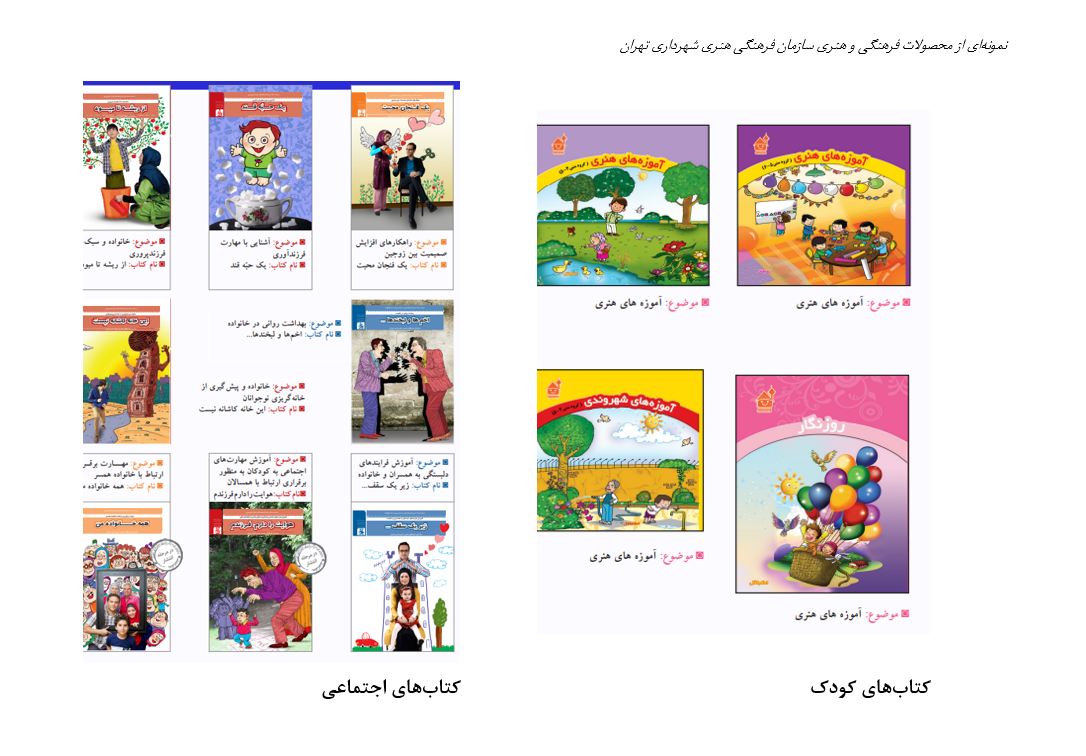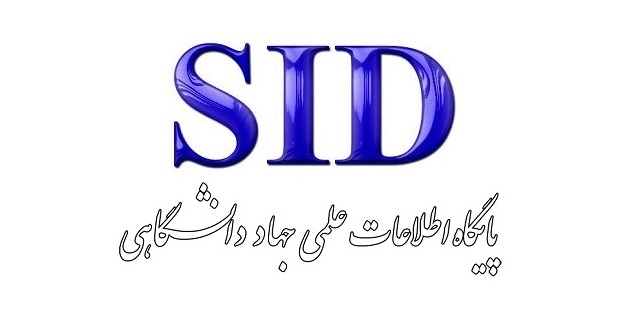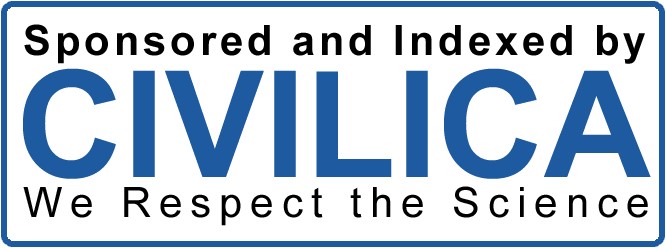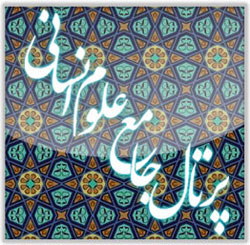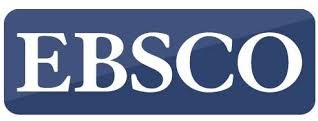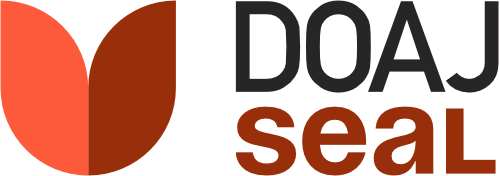Developing a Model for the Economic Development of Culture and Arts with an Emphasis on Selling Cultural and Artistic Products and Services (Case Study: Tehran Municipality’s Cultural and Artistic Organization)
Keywords:
Cultural and Artistic Economy , Grounded Theory, Cultural and Artistic Organization of Tehran MunicipalityAbstract
In the contemporary world, the economy of culture and arts is recognized as one of the key domains for sustainable development and job creation in urban societies. This domain not only contributes to the cultural enrichment of communities but also serves as a driving force for economic growth. In this context, the Cultural and Artistic Organization of Tehran Municipality, as the main entity for promoting and developing cultural and artistic activities, plays a significant role in creating and selling cultural and artistic products and services. With the aim of enhancing the cultural and artistic standards of society, this organization can contribute to improving the quality of life for citizens and increasing social interactions. Given the importance of developing the economy of culture and arts, the present study focuses on providing a model for the economic development of culture and arts, with an emphasis on the sale of cultural and artistic products and services by the Cultural and Artistic Organization of Tehran Municipality. This research was conducted using a qualitative approach, involving interviews with experts in the field, selected through purposive sampling. A total of 132 concepts, 39 subcategories, and 6 main categories were identified. Based on the research model, 14 strategies for the economic development of culture and arts were proposed. This model can serve as an effective tool for managers to understand and recognize the concepts and categories influencing the economic development of culture and arts. The findings of this study contribute to identifying effective solutions for strengthening sales infrastructure, increasing public awareness of cultural and artistic products, and ultimately fostering economic growth in this field.
Downloads
